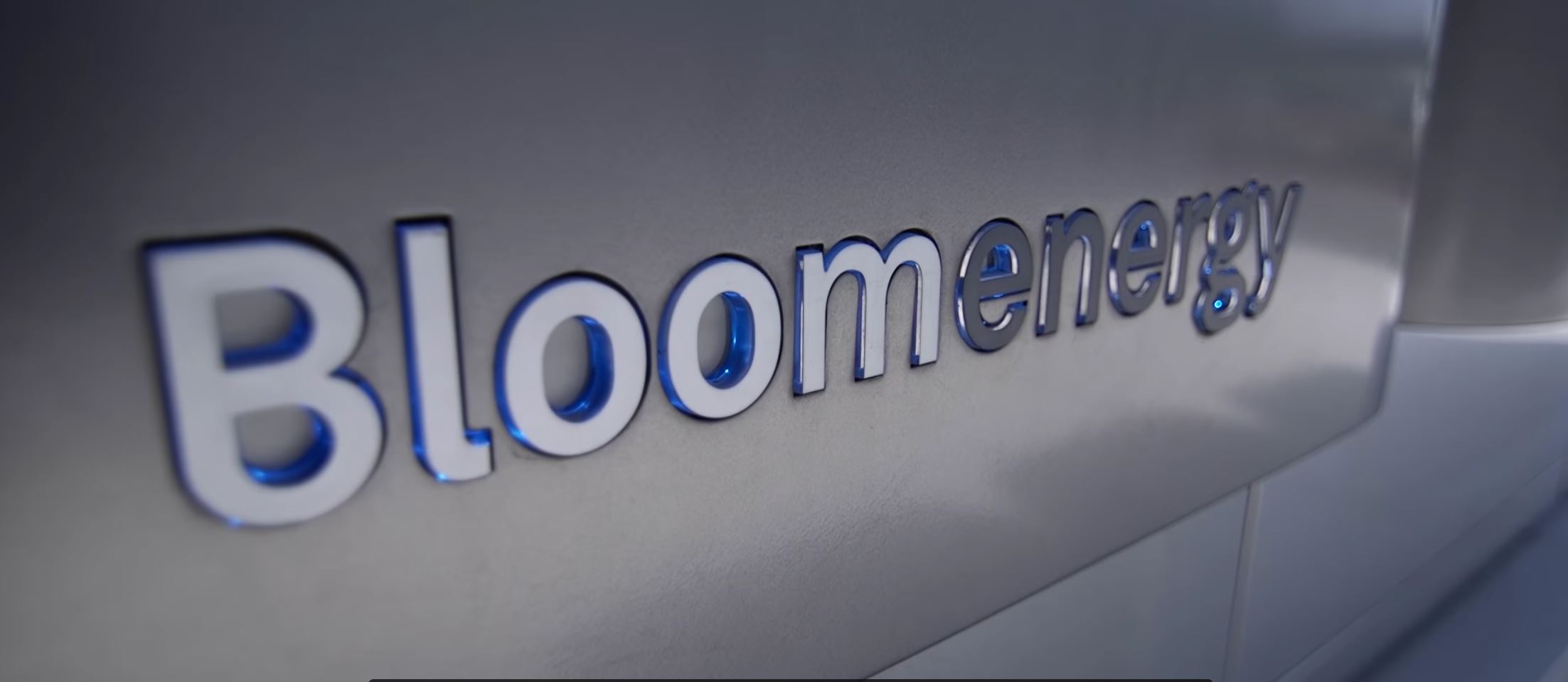A recent live-streamed Heritage Foundation program in Washington, DC presented information that raises an intriguing question: Could Bloom Energy be the Theranos of fuel cells?
Theranos said its revolutionary technology could diagnose disorders and diseases using mere drops of patients’ blood. The claims had no basis in fact, and the company closed its doors on August 31 amid investigations of securities fraud.
Bloom fuel cells convert natural gas into electricity via chemical reaction. The ![]() company says its technology is clean, green, affordable, healthy and safe. But does its product perform as claimed?
company says its technology is clean, green, affordable, healthy and safe. But does its product perform as claimed?
During the Heritage event, chemical engineer Lindsay Leveen, Delaware University climatologist David Legates and citizen activist John Nichols explained how Bloom populated its board with prominent public figures and was aided by key Delaware government officials in securing subsidies and preferential treatment that set the stage for its July 2018 IPO.
Delaware’s Democratic legislature and governor enacted legislation allowing Bloom to claim it produces “renewable energy” simply because its fuel cells “could” run on “biogas” like methane from cows or landfills – even if they never have and always ran solely on conventional natural gas.
(Any gas-fired power plant “could” also burn biogas. Few would argue that this makes them renewable.)
State officials let Bloom build a large fuel cell facility in a sensitive coastal zone area. The company says it generates no hazardous materials. But manifests and other documents show that its process does result in hazmats, which are stored on site or transported for disposal in Delaware or other states.
Fuel cells require exotic metals that are mined and processed under minimal or no environmental, safety, health and human rights standards – in other countries, making those issues irrelevant to officials and environmentalists. Bloom cells generate up to 90 times more volatile organic compounds, and far more (plant-fertilizing) carbon dioxide, than modern gas-fired power plants.
Nationwide, natural gas fuel cells generate about 500 megawatts of total electricity. That’s less than the smallest US nuclear power plant; a tenth what a large gas-fired conventional power plant generates.
Bloom electricity costs about $200 per megawatt-hour – three times the price of typical coal, gas, nuclear or hydroelectric power. A 2008 American Society of Mechanical Engineers study funded by the US Department of Energy concluded that Bloom’s solid oxide fuel cells were the worst performing of 18 reviewed.
Nationwide, over the past decade, state and federal governments have given fuel cell makers some $3 billion in subsidies; Bloom alone received $1.5 billion. Nationwide, over the past decade, and despite those handouts, publicly traded fuel cell companies have accumulated $6 billion in losses; Bloom alone lost $2.4 billion.
When Bloom’s 30% federal Investment Tax Credit was eliminated in 2016, its Senate cronies restored the ITC and made it retroactive. If a future Delaware legislature modifies current tariff arrangements, the company will receive a lump-sum payment of its entire 20-year tariff!
In 2008, Google officials praised Bloom and installed four 100kW units, which Morgan Stanley would declare a “commercial” technology if just one operated at more than 60% of capacity for one month. They passed this low bar, but Google never installed another.
On these and other issues, Bloom appears to have made questionable statements of material fact to legislators, regulators, investors, journalists and citizens.
Taxpayers and ratepayers subsidize all of this. Small businesses and poor, minority and blue collar families pay a grossly disproportionate share of the costs.
How can Bloom get away with this? As I explained at Heritage, the formula for success for such companies is simple.
Invoke magical, malleable terms like climate change, renewable energy, sustainability and environmental protection – and companies can deceive, exaggerate, manipulate, even fabricate almost at will. Few questions will be raised. Little transparency will be required. No accountability will be demanded.
That’s how the Climate Change, Renewable Energy, Political, Industrial Complex became a nearly $2-trillion-per-year industry. It’s why major tax-exempt grant-making foundations gave $3.7 billion to US environmentalist groups 2008-2016, and why UN “experts” now say the world must spend $2.4 trillion per year on “renewable” energy for the next 16 years, to avoid a “climate cataclysm.”
Politicians provide subsidies and legislative favors. Crony industrialists provide campaign contributions. Environmentalists and bureaucrats provide scare stories, junk science justifications and more campaign help. The wealthy, powerful, well-organized Complex fights doggedly to protect and expand its empire, and intimidate anyone who raises awkward questions.
Americans care deeply about their environment, and protecting it from actual threats. But we also care about being lied to, getting ripped off, and having virtue-signaling companies turn out to be devious, greedy, corrupt and crooked.
We clearly need less adulation and subsidization – and more investigation, prosecution and incarceration.
Unfortunately, few Delaware officials seem ready to take action. Indeed, Delaware courts have said no one even has “standing” to challenge any of this.
That means congressional committees and the FBI, EPA, Securities and Exchange Commission, Federal Trade Commission, Fish & Wildlife Service, National Marine Fisheries Service, Department of Transportation and Department of Justice must investigate Bloom’s claims and practices, and prosecute wrongdoers.
Republicans and the Trump Administration promised reform. Here is a perfect high-profile opportunity. Let’s hope they seize it.
This article originally appeared in The Washington Times
